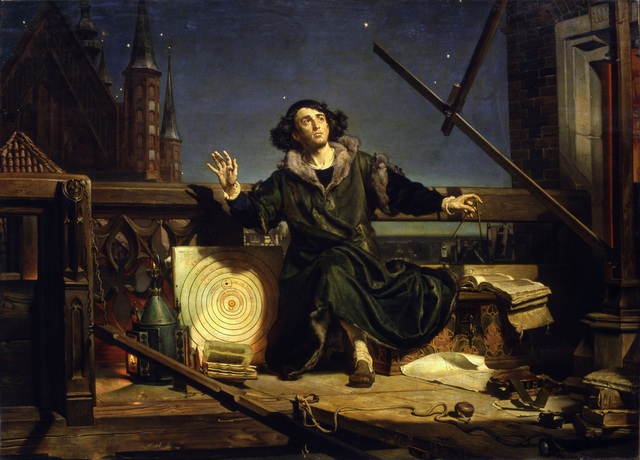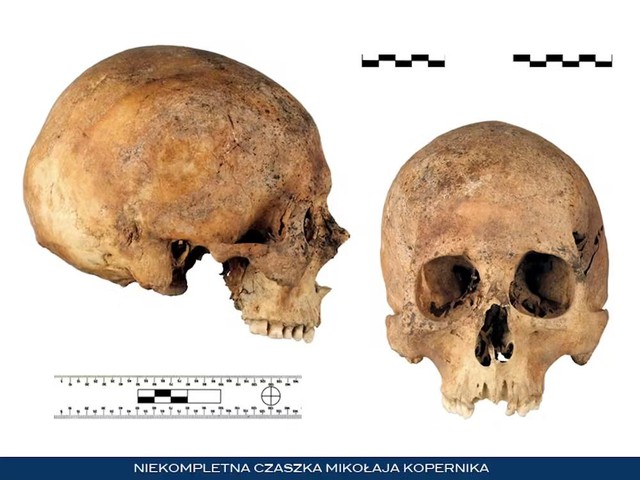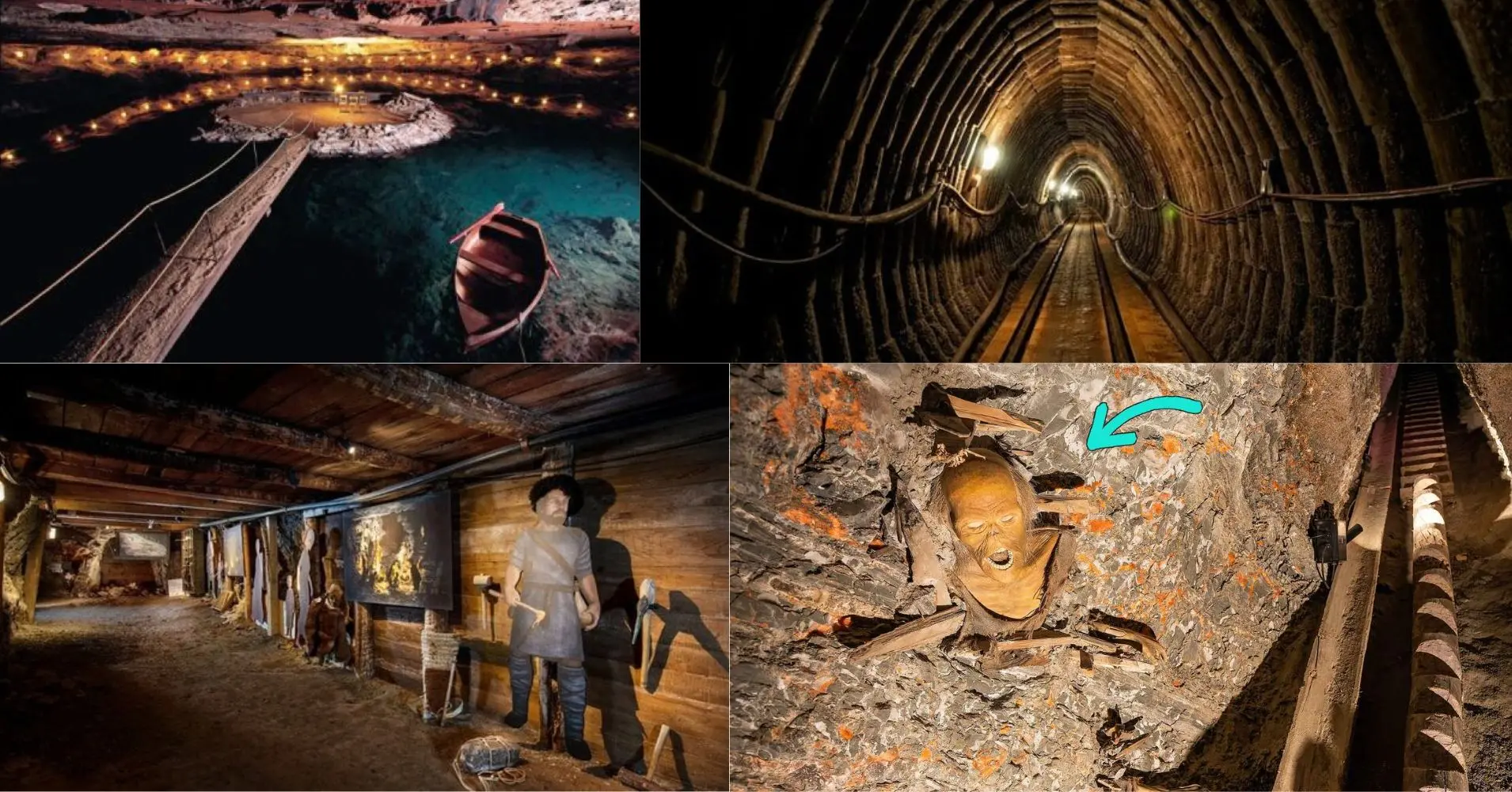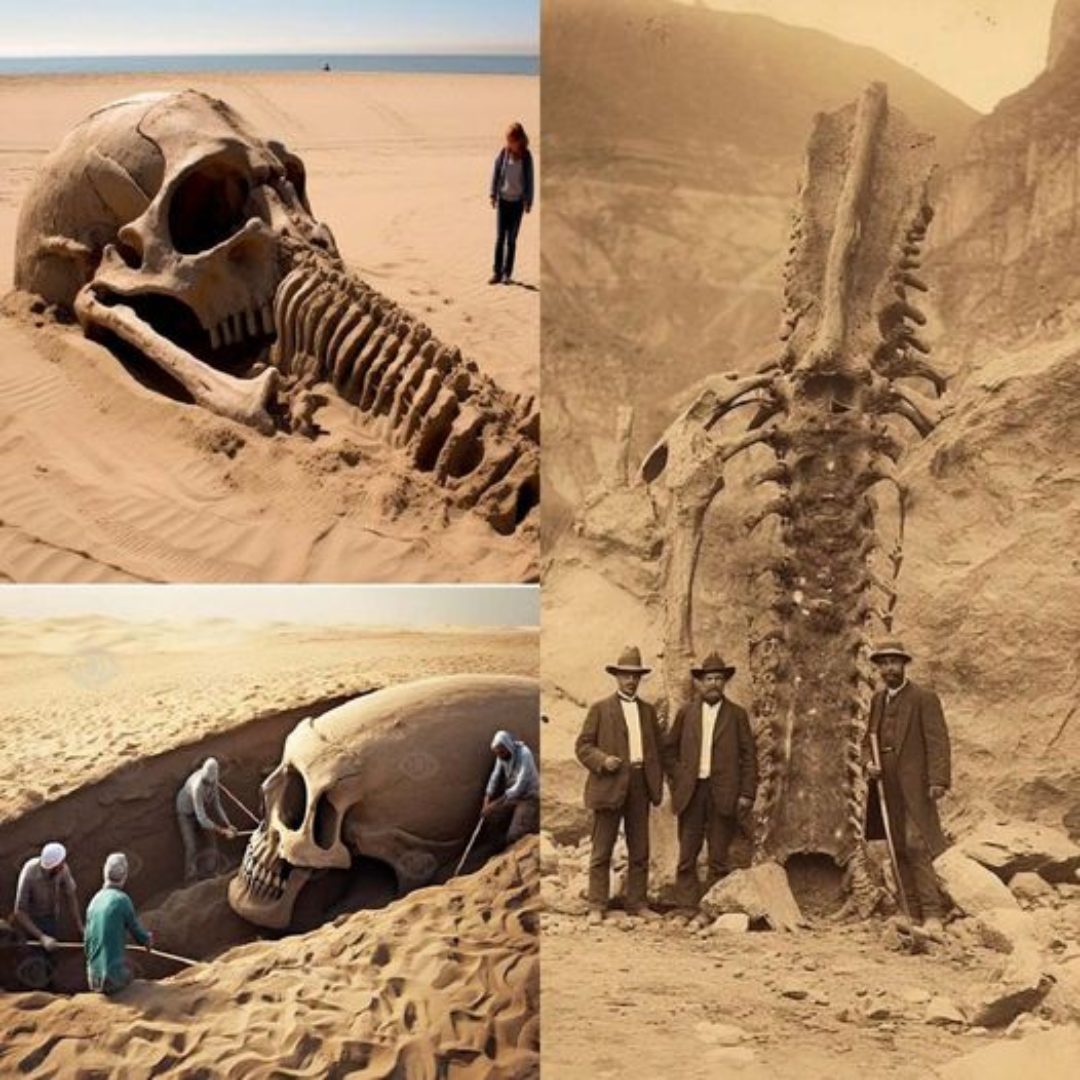Humanity is no longer “lost” in the Solar System thanks to Nicolaus Copernicus, but is still completely confused when looking for his own tomb.
A series of studies spanning from the 16th century to modern times, with the participation of many archaeologists, historians, forensic scientists… have not yet been able to uncover the mystery of Nicolaus Copernicus’s tomb.
A legacy that shocked science
That is a familiar name to those who love astronomy. He was a Polish astronomer, mathematician, doctor, engineer, author, and economic theorist.
In the last days of his life – in 1534 – Copernicus managed to publish the shocking book De Revolutionibus Orbium Coelestium.

Scientist Nicolaus Copernicus – Painting: Jan Matejko
With sharp arguments, Copernicus became the first person to prove that the Earth was just one of the planets revolving around the Sun. Copernicus’s heliocentric theory became the basis for the most fundamental theories about the Solar System later on.
His theory completely went against the long-standing belief at that time that the Earth was the center of the universe, with celestial bodies such as the Sun, the Moon, and planets (most of which were mistaken for stars) revolving around it.
A full century after Copernicus’ death, on March 12, 1663, the famous Italian philosopher, mathematician, and astronomer Galileo Galilei even had to face the Inquisition in Rome – Italy just for supporting the heliocentric theory!
But despite those obstacles, Copernicus’s discovery and Galileo’s follow-up brought astronomy to a new page.
The “hopeless” search
According to an article published in The Conversation by historian Darius von Guttner Sporzynski of the Australian Catholic University (Australia), it is believed that the ancient Frombork church in Poland is the resting place of Copernicus.
However, it has become a big puzzle because although there are only about 100 graves here, most of the tombstones are unmarked.

The main hall of Frombork Church – Photo: THE CONVERSATION
The “saint” who enlightened the Solar System has been revered and sought after by many people since the 16th-17th centuries.
Another famous but failed attempt came from the French Emperor Napoleon, who made it shortly after the famous Battle of Eylau in 1807. Napoleon revered Copernicus, praising him as a great scientist, mathematician, and astronomer.
In the 21st century, archaeologists are still “lost”.
In 2005, a group of Polish scientists made another attempt, following the claim of historian Jerzy Sikorski that Copernicus was buried near the Altar of the Cross (formerly known as the Altar of St. Waclaw) because he had held a position in this church.
But 13 skeletons were discovered at this altar.
Forensic science speaks out
The analysis of 13 skeletons in the Frombork church showed that one was a male, about 60-70 years old, who best matched the description of the scientist Copernicus.
The skull was used as the basis for facial reconstruction.

Copernicus’ skull – Photo: THE CONVERSATION
At the same time, bone morphology and DNA analysis were also carried out. However, the biggest difficulty was identifying the source of documents for comparison. No graves of the Polish scholar’s relatives had ever been known.
In 2006, a source of documents that helped with DNA references appeared. It was an astronomy book that Copernicus had used. There was hair on some of the pages.
The book had been kept in Sweden since the 17th century, after an invasion of Poland by the Swedish army. It is now in the Gustavianum Museum at Uppsala University.
The good news came unexpectedly: mitochondrial DNA from the teeth and bones of the skeleton in the unnamed grave all matched the hair sample.
However, the hair on the book is only circumstantial evidence (you can’t be 100% sure it’s Copernicus’s hair), so the tomb is temporarily only declared “possibly” the resting place of the famous scientist.
Still, it’s a valuable answer after a 5-century search.





